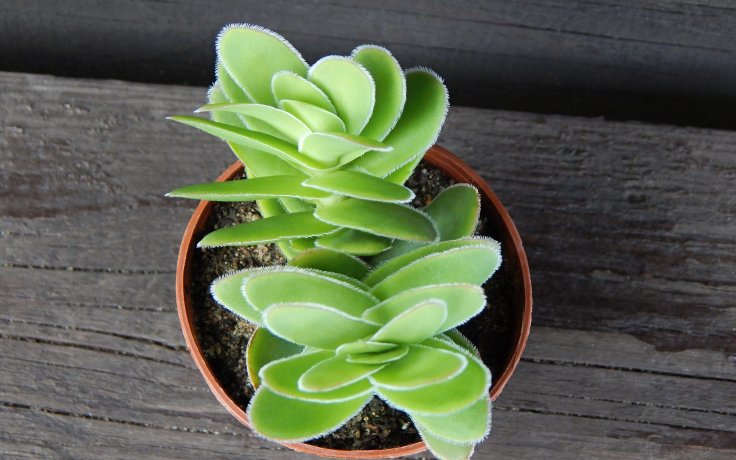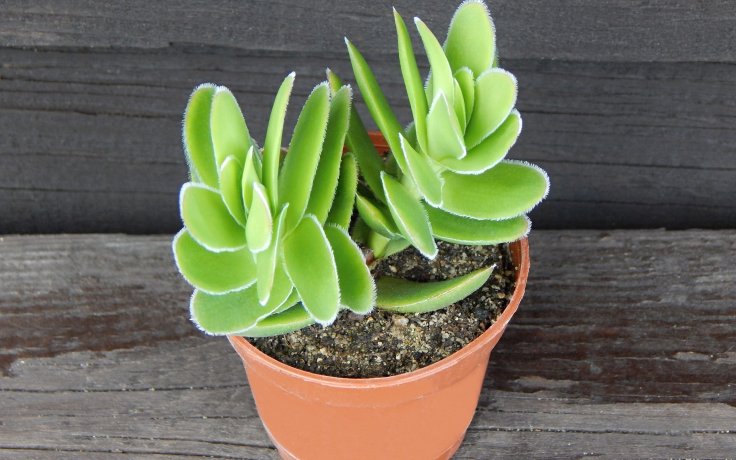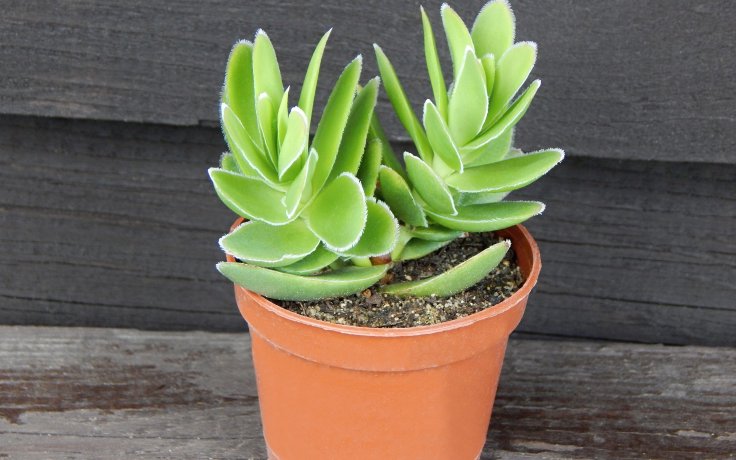- Home
- Succulents
- Crassula
- Crassula ciliata





Crassula ciliata
Place ideally in full sun or partial shade.
Always water a few days after the substrate has dried out. Reduce watering in winter.
It can tolerate -3.9 °C in the short term. However, the plant is not hardy.
The epithet "ciliata" can be translated as "has cilia". It refers to the fine white frills on the edges of the leaves.
Crassula ciliata, formerly known as Crassula concinna, Crassula concinnella and Crassula ligulifolia, is a succulent plant of the Crassulaceae family, native to South Africa. The epithet "ciliata" comes from the Latin word "ciliatus" and refers to the cilia along the edges of the leaves. The plant is also called Frill Stonecrop after them. It occurs naturally on lower gravelly or sandy slopes in the area from the Cape Peninsula to Port Elizabeth.
The leaves turn green to yellowish green, turning red when exposed to sun or drought. They tend to be soft, flat and oblong to elliptic with a rounded apex. They grow up to 3 cm long and 1,2 cm wide. A characteristic feature is the marginal cilia, which are usually slightly curved and grow in a dense arrangement. It grows as a branched shrub with short, sometimes semi-flexed stems. It reaches a height of up to 20 cm.
The flowers turn cream to pale yellow and appear in late spring and summer.
If transplanted regularly into fresh substrate, there is no need to fertilise. I recommend pinching the tops to create a nice, dense bush. The plant with aesthetically straight leaves can also please with fine cilia or a beautiful greenish colour.